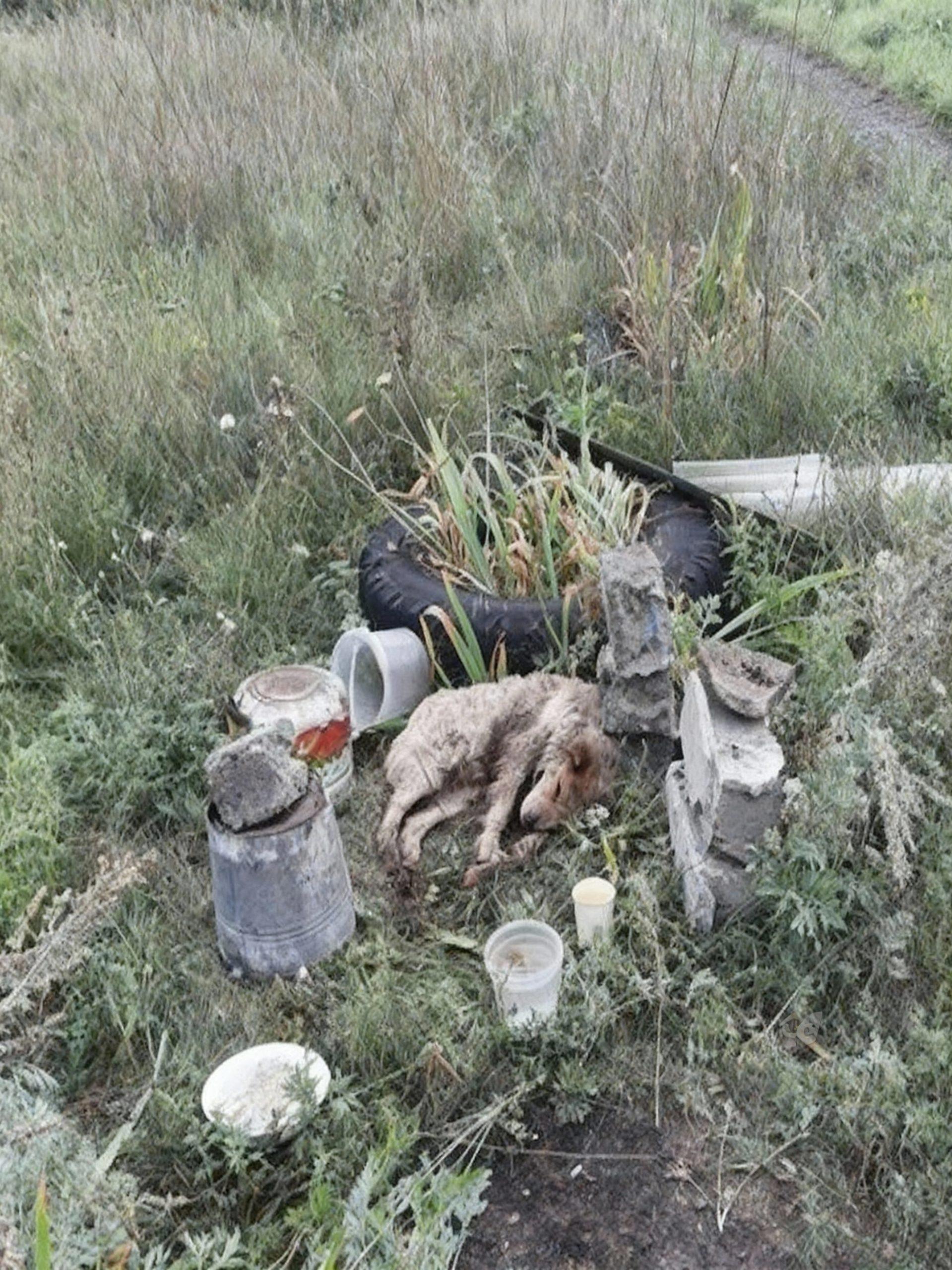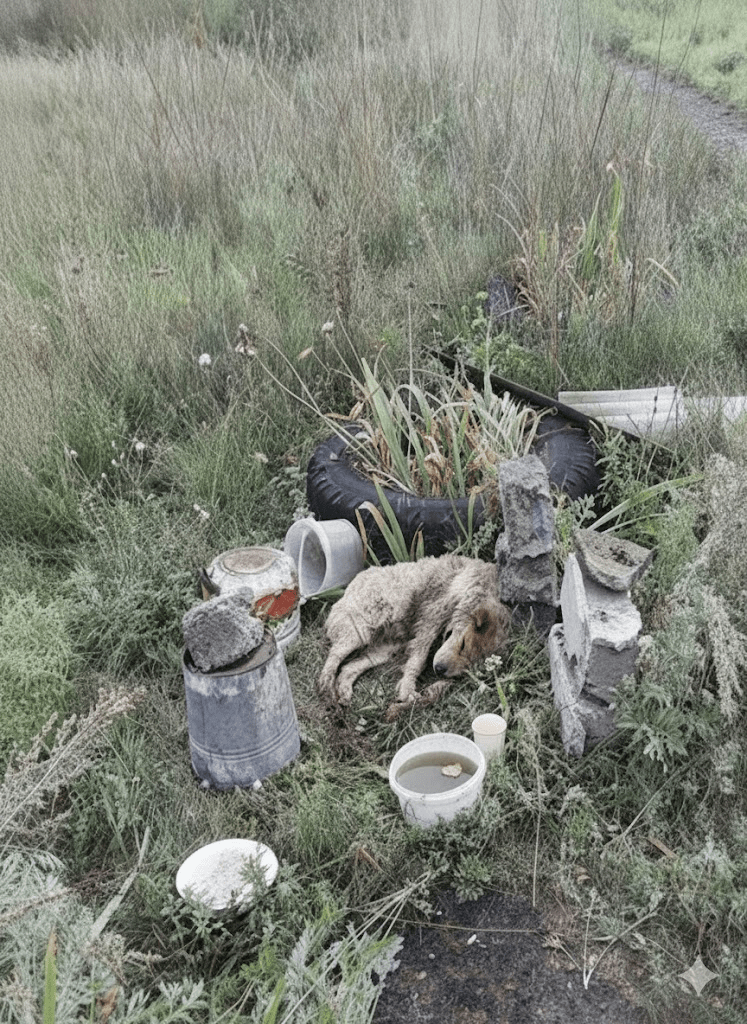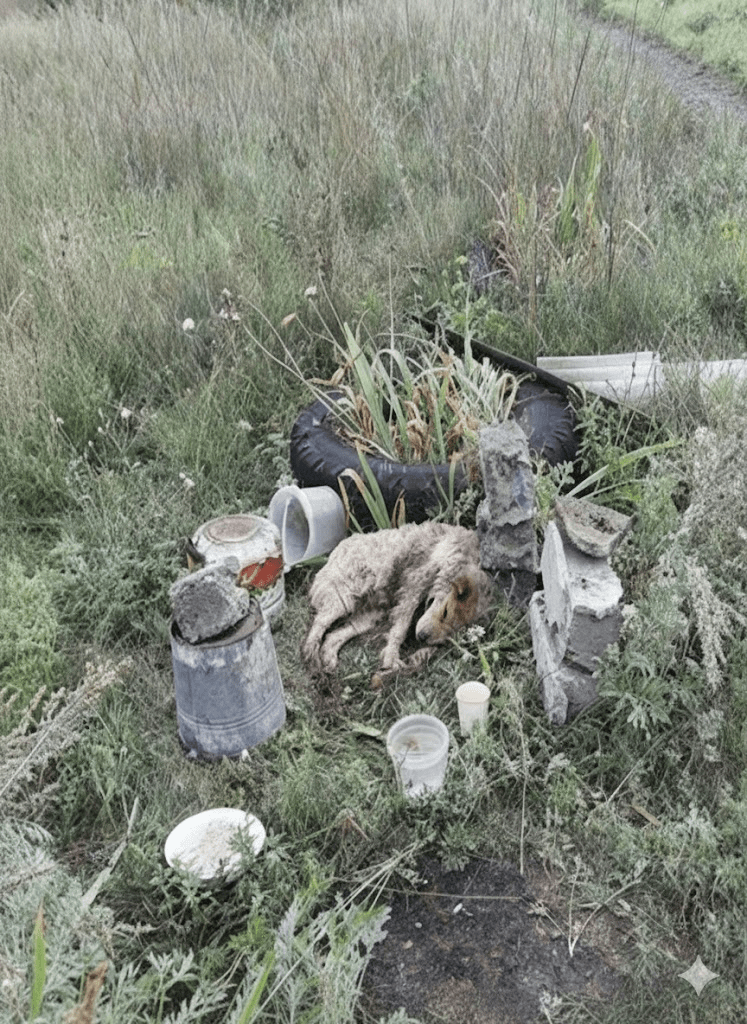The image before us is a stark, poignant reminder of a pervasive issue often hidden from plain sight: animal neglect. It depicts a dog, its fur matted and dusty, lying amidst discarded items and overgrown grass. The scene evokes a deep sense of vulnerability and abandonment, immediately drawing the viewer into a narrative of hardship and unspoken suffering. This single photograph encapsulates the silent struggles faced by countless animals globally, urging us to look beyond the immediate visual and delve into the multifaceted reasons behind such conditions, as well as the profound impact they have on both the animals and our communities. The dog’s posture, a weary repose, speaks volumes about its journey, suggesting a prolonged period without adequate care or companionship. Its surroundings, a mix of natural growth and human refuse, further emphasize the isolation and lack of a proper home. This isn’t merely a picture of an animal; it’s a testament to a broader societal challenge, a call to action for empathy, understanding, and intervention. It compels us to consider the ethical responsibilities we hold towards sentient beings and the consequences of failing to uphold them. The image forces a confrontation with uncomfortable truths, pushing us to acknowledge the existence of neglect and encouraging a deeper exploration of how such situations arise and persist. The muted colors and natural lighting of the photograph contribute to its somber mood, reinforcing the gravity of the subject matter. It’s an unembellished depiction, free from any attempt to dramatize, allowing the raw reality of the situation to speak for itself. The very simplicity of the scene makes it all the more powerful, as it avoids any distractions and focuses entirely on the animal’s plight. This unfiltered view serves as a critical starting point for a broader discussion about animal welfare, prompting questions about individual accountability, community resources, and the systemic issues that contribute to such distressing circumstances. It challenges us to reflect on our own roles in preventing and addressing animal neglect, transforming a passive observation into an active engagement with a crucial social concern.

One of the most immediate aspects highlighted by such an image is the definition of animal neglect itself. It’s not always overt cruelty, but often a gradual failing to provide basic necessities. This includes insufficient food and water, inadequate shelter from the elements, lack of veterinary care, and even emotional deprivation. The dog in the picture, seemingly exposed to the open, with no obvious source of sustenance or comfort, perfectly illustrates this subtle yet devastating form of maltreatment. Its condition suggests a prolonged absence of consistent care, where fundamental needs have gone unmet for an extended period, leading to its current state of vulnerability. The absence of a clear owner or guardian further emphasizes the abandonment aspect, which is a critical component of neglect. This passive form of harm can be just as, if not more, damaging than active abuse, as it leaves an animal to fend for itself against circumstances it is ill-equipped to handle.

The causes of animal neglect are complex and varied, rarely stemming from a single factor. Economic hardship is a significant contributor; owners facing poverty may struggle to afford food, shelter, or medical treatment for their pets. Mental health issues or addiction can also severely impair an individual’s ability to care for an animal, leading to unintentional but severe neglect. Furthermore, a lack of awareness or education about proper animal care can result in situations where owners genuinely don’t understand the extent of their pets’ needs. In some cases, an owner might simply become overwhelmed by the responsibilities of pet ownership, especially if the animal has unexpected medical needs or behavioral challenges. The transient nature of life, such as moving or displacement, can also lead to animals being left behind, often with devastating consequences. All these factors contribute to scenarios like the one depicted, where an animal is left in an exposed and vulnerable state, devoid of the care it requires.







